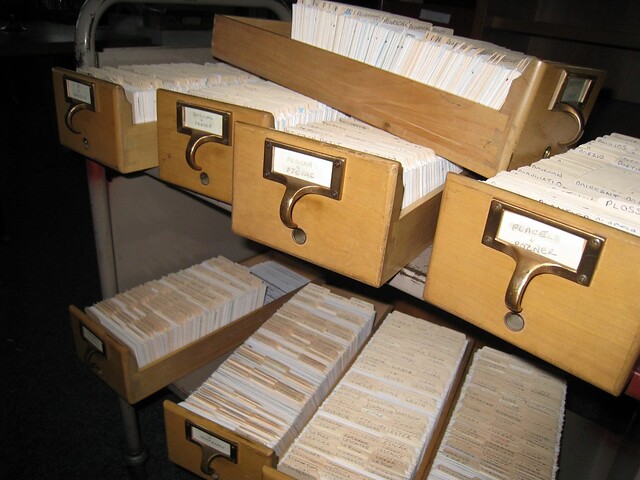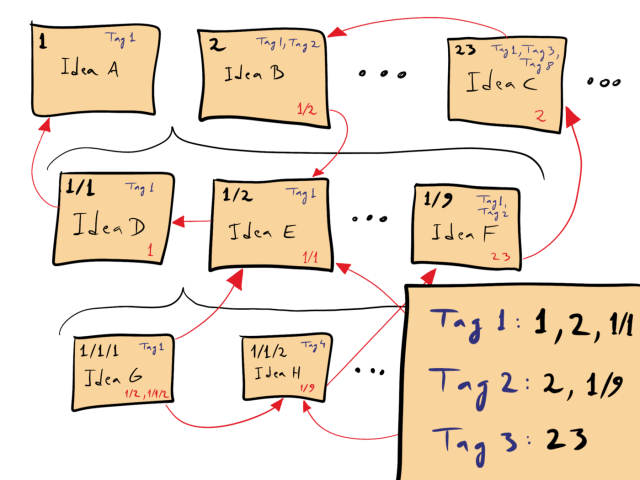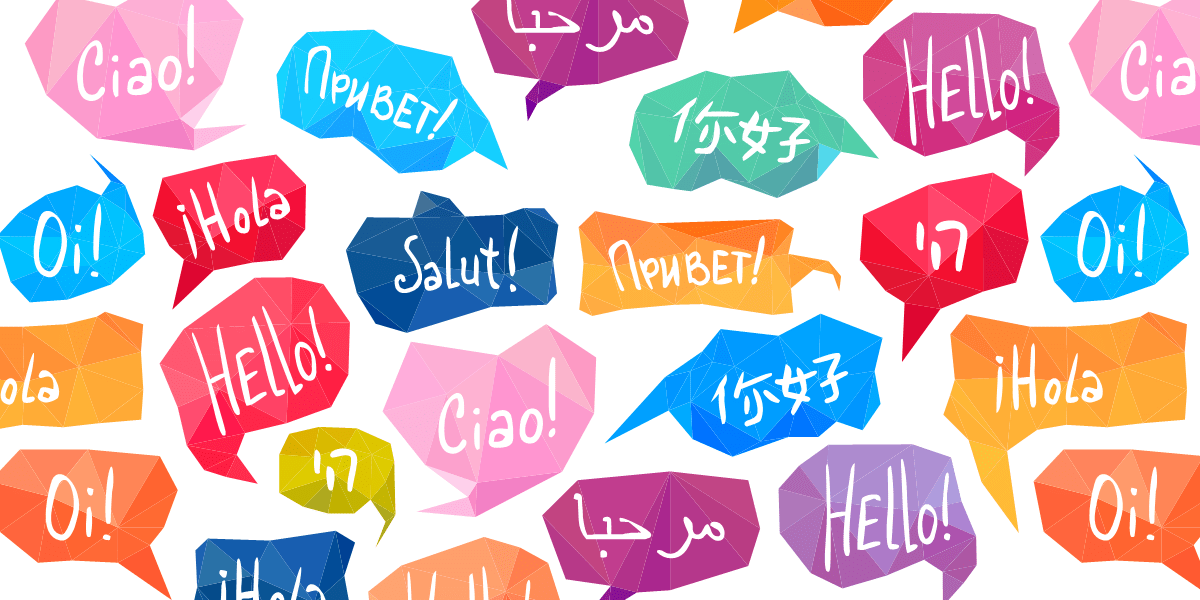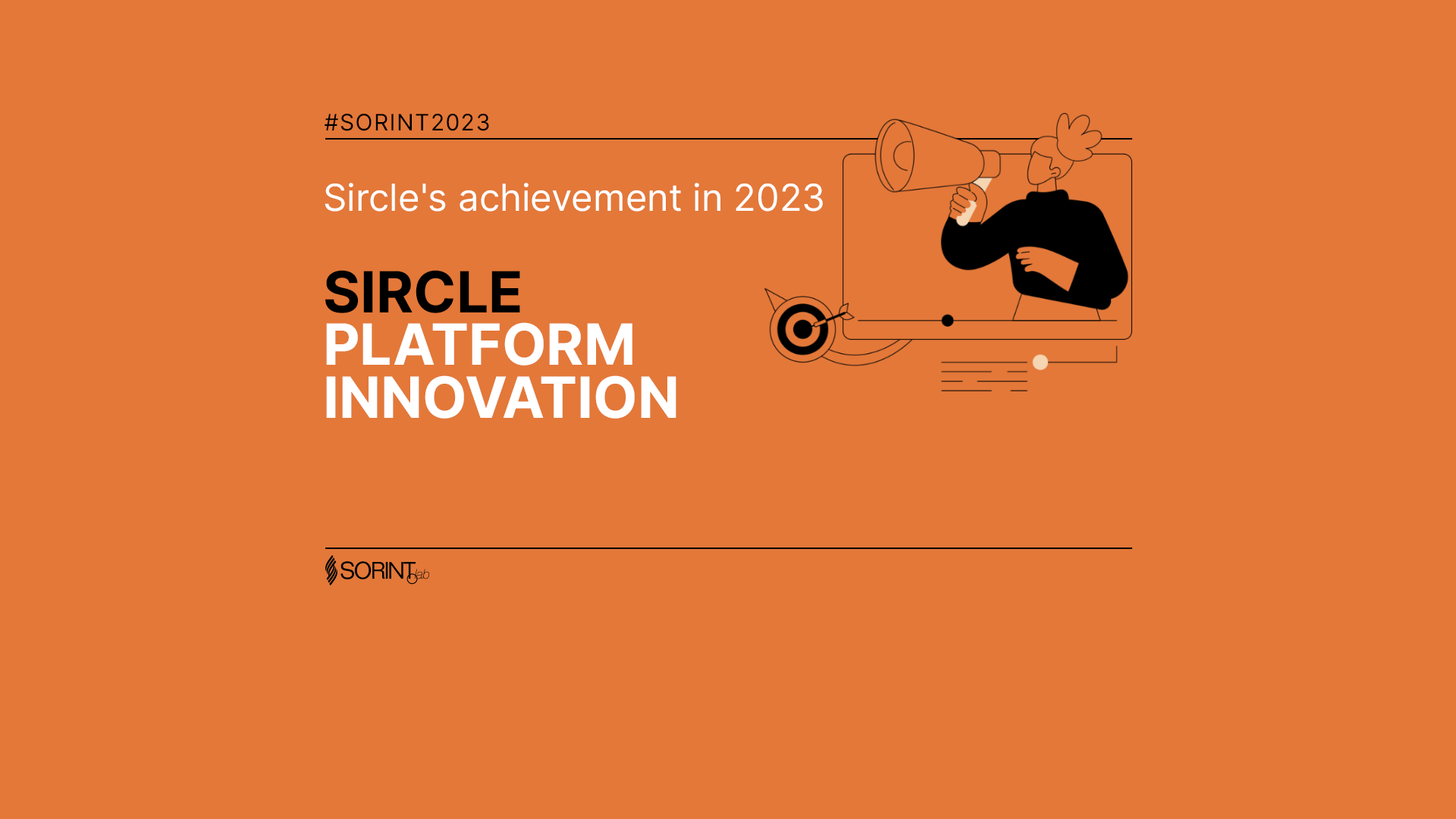Zettelkasten
-
Simone Rossi
- 23 Nov, 2022
- 02 Mins read

What it is
A Zettelkasten (in English a slip-box) is the name of a method created many many years ago - sources even say around 1600 - but made famous by the sociologist Niklas Luhmanns. He published about 70 books in his life, and he attributed all of them not to his personal knowledge, but to his Zettelkasten. He was convinced that nowhere there is anything new, so when you write a book you never start with an empty page: you only take concepts already available elsewhere. And by combining ideas and thoughts stored in his Zettelkasten, you can produce anything you want!
Purposes
The final purpose of a Zettelkasten is to be container of ideas. Mainly it is used by content creators (bloggers, book writers), but also students and teachers. It may be seen as a "second brain", a place where you can store ideas and things you learn. In addition, the Zettelkasten has the following purposes:
- improve the learning speed
- make all informations easy retrievable
- develop new ideas
- find connection among concepts
- free your brain from informations
How does it work
Now that we saw what a Zettelkasten is for, let's briefly see how it works! A Zettelkasten is made of three kind of entries: fleeting notes, literature notes and permanent notes.
Fleeting notes
Fleeting notes are notes taken on the fly: on your mobile phone, on a piece of paper, wherever you want, whenever you hear or read something interesting and worth remembering. In addition, you may be reading a book, or listening to a podcast, and find interesting things. All passages should be written in separate fleeting notes.
Literature notes
Literature notes are a re-writing of fleeting notes. Let's say that you listened to an interesting podcast, and noted many fleeting notes. You may want to combine all the fleeting notes into one single literature note, that makes reference to that podcast. But to do this you need to - and here's the clue - rewrite with your own words the fleeting notes. Why? Because when you rewrite something with your own words you learn consciously. You are able to interiorize new things in a different way.
Permanent notes
Permanent notes are note created combining (and re-writing a second time) fleeting notes and literature notes. One good practice is to go through fleeting and literature notes once a day and create at least three or four permanent notes. These are simplified (but not simplicistic) single concepts obtained by fleeting and literature. They should be abstract from the context, and may contain links or metadata to any other note.

Conclusions
You don't have to use a "physical" Zettelkasten: there are so many digital tools that you can use, and you don't have to learn the complicated card numbering used by Niklas Luhmanns! However I personally can say that using a Zettelkasten changed my learning habits. I am building my own knowledge library, with concepts written with my own words and easily retrievables. And in case you are wondering, yes I used it for writing this article and I can say it works!
![Clean Code: L’Economia dei Commenti [4/12]](/uploads/Clean_Code4_of_12_SORINT_lab_b2c605d6bf.png)

![Clean Code: Manuale per un Codice di Qualità [1/12]](/storage/media/fb9d400303282148ed861968781dbe8c/2-Code_like_SORINTian_Clean_SORINT.lab.png)




